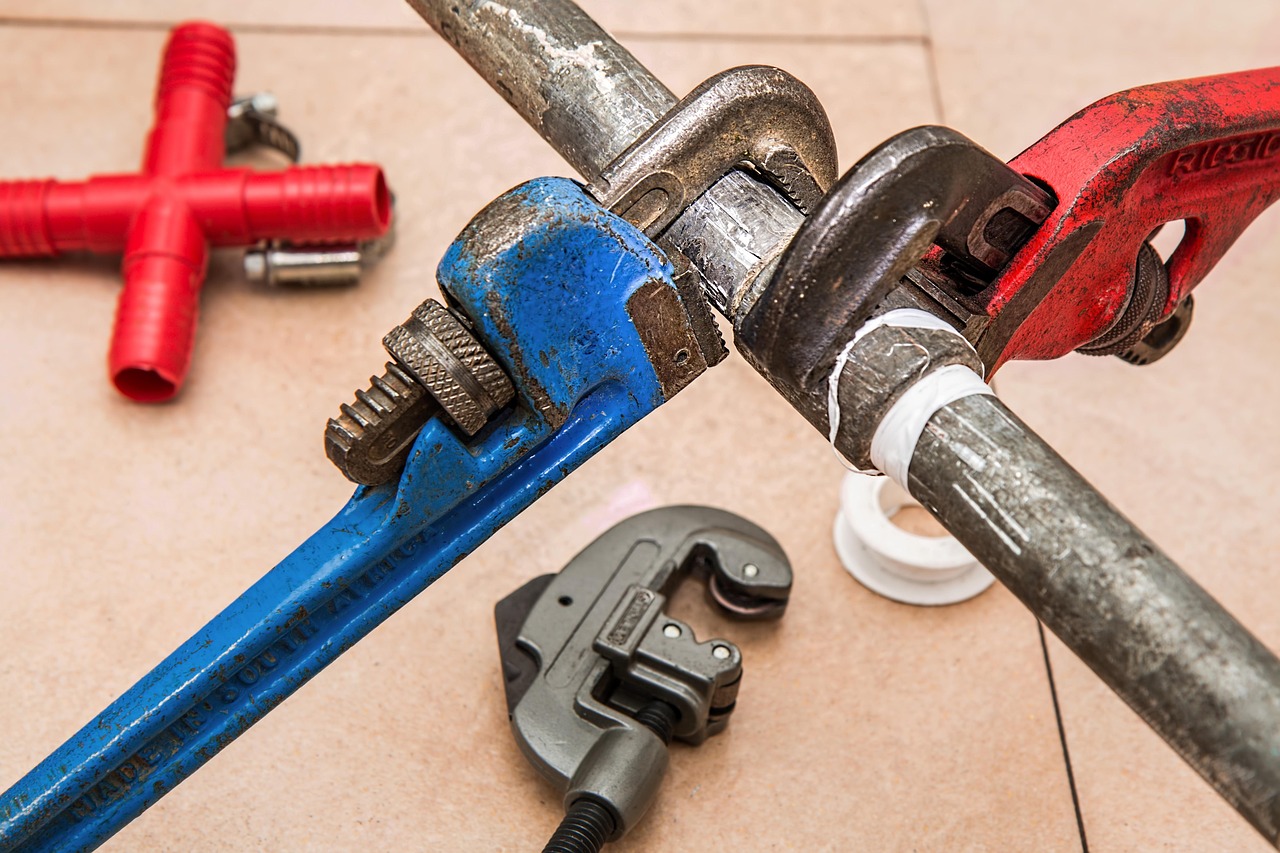When it comes to your home’s plumbing system, it’s not a matter of if you’ll face an issue, but when. The good news: many of these problems are foreseeable, manageable, and some can even be prevented or handled without a full professional call-out. The key is recognizing the common trouble spots, understanding the likely cost ranges, and acting before a small issue becomes a major expense.
Here are the five most frequent plumbing expense categories homeowners encounter: what causes them, typical cost ranges, and practical steps you can take to reduce the risk.
1. Dripping or Faulty Faucets
A constantly dripping faucet isn’t just annoying; it adds up on your water bill and can indicate that the internals of the fixture are worn. This is one of the most common homeowner plumbing expenses.
Why it happens: Over time, washers, O-rings, cartridges, or seals inside faucets wear down or become misaligned. Corrosion, mineral buildup (especially in hard-water areas), or loose fittings can also cause drips.
Typical costs: If you hire a plumber, simple faucet repairs are often in the $100–$350 range. If you do it yourself (with the right tools and a replacement part), you may reduce the cost to parts and your time.
Prevention & DIY tips:
- Inspect and replace worn washers or cartridges annually.
- Tighten loose fittings under the sink.
- If you have hard water, install a filter or descale fixtures to prevent buildup.
- Don’t ignore the drip! Delayed repair may lead to bigger corrosion or fixture damage.
2. Low Water Pressure
Few plumbing problems are as frustrating as turning on the shower and getting only a trickle. Low water pressure can make everyday tasks inconvenient and sometimes signals deeper plumbing issues that shouldn’t be ignored.
Why it happens: Mineral buildup in pipes or fixtures, corrosion, small leaks, or even municipal supply problems can all cause reduced flow. In older homes, aging galvanized pipes are often to blame.
Typical costs: Fixing low water pressure can range widely depending on the cause, from a simple showerhead cleaning under $20 to replacing sections of pipe that can run $150 to $500 or more.
Prevention & DIY tips:
- Remove and clean faucet aerators and showerheads to clear sediment.
- Check for leaks around sinks, toilets, and exposed piping.
- If your home’s plumbing is decades old, have a professional inspect the material and condition of the lines.
- A sudden or widespread drop in pressure is a red flag — call a plumber promptly to prevent hidden damage.
3. Running Toilets
When your toilet keeps running (even after flushing), it may be wasting a lot of water and quietly driving up utility bills.
Why it happens: The flapper might not seal properly, there could be a mismatch between fill valve height and float position, or the overflow tube may be damaged or misadjusted.
Cost range: Minor repairs (flapper replacement, adjusting fill valve) are inexpensive and often DIY-friendly. Hiring a pro to replace internal parts or the entire toilet can run $150–$1,500, depending on the fixture and complexity.
DIY tips:
- Lift the tank lid and observe the components when the toilet flushes and refills.
- Replace the flapper if it looks warped or worn.
- Adjust the float so the water level stops at the correct mark.
- If parts are corroded or you suspect a leak into the bowl, consult a professional.
4. Leaky Pipes
Leaks, whether in visible supply lines or hidden behind walls/floors, can lead to significant damage if left unchecked.
Causes: Corrosion, joint/seal failure, high water pressure, or damage from shifting foundations/flooring. Hidden leaks are especially dangerous because they may lead to water damage, mold growth, or structural issues.
Cost range: Small accessible leaks might cost a few hundred dollars to repair. However, major leaks, especially hidden ones requiring wall or floor opening, can cost $500–$2,000+ or more.
Tips for homeowners:
- Look for signs: damp spots, musty odors, discolored walls, or unusually high water bills.
- Insulate pipes in crawl spaces, basements or exterior walls to prevent freezing and bursting.
- Don’t delay — small drips can turn into major water events.
5. Clogged Drains
Slow-draining sinks, tubs, or toilets are not only annoying; they’re often early warning signs.
Reasons: Hair, soap scum, grease, food waste, foreign objects, or roots invading sewer lines can all contribute. If the clog is in the main line, the repair cost jumps significantly.
Cost range: Ordinary drain clearing might cost $150–$500, while major sewer line blockages or root intrusions can exceed $1,000.
What you can do:
- Use drain screens to catch hair and debris.
- Avoid putting grease or large food scraps down kitchen drains.
- If you have tree roots near your sewer line or a recurrent clog, ask a plumber about inspection (camera) and cleaning options early.
Additional Insights: What Affects Plumbing Costs & How to Manage Them
Understanding the why behind plumbing costs can empower you to plan and prevent. Several factors drive the price: job complexity, materials needed, labor rates in your region, emergency/after-hours service fees, and the accessibility of pipes/fixtures.
Proactive maintenance = fewer surprises
- Regularly visually inspect visible plumbing (under sinks, behind toilets) for drips or early signs of trouble.
- Flush drains with a baking soda + vinegar + hot water combo monthly to slow buildup.
- Consider annual plumbing check-ups if your home is older or has outdated piping materials.
- Keep a plumbing emergency fund; even simple jobs can surprise you.
DIY vs. Professional help
Some problems are absolutely manageable by a handy homeowner (faucet drips, flapper replacements, basic clogs). Others, especially hidden leaks, sewer line work, or job requiring permits/major replacement, should be handled by licensed professionals to avoid greater damage or insurance issues.
Insurance and plumbing repairs
Homeowners insurance may cover many plumbing-related issues, but only when the damage results from sudden, accidental events (like a burst pipe). Routine maintenance issues or neglect generally are not covered.
Be proactive about plumbing expenses by understanding the five common cost categories: dripping faucets, low water pressure, running toilets, leaky pipes, and clogged drains. Early detection, knowing when to DIY or call a professional, and timely maintenance protect your home and wallet.




